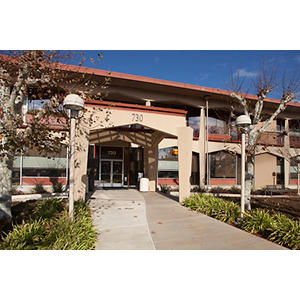Paul Fisher, MD
Interim Chair, Neurology | Beirne Family Professor of Pediatric Neuro-Oncology | Professor
Neurology - Child Neurology
“Getting to know a child's world is the most fun part of my job.”
Mi acercamiento
My focus is always on the child. In the initial meeting I make sure that the child is at the center of my attention and care. I ask questions directly to every child, even if he or she is at a young age. I want to make sure they understand why they are here. I want each child to own their care, and to feel a sense of control over what is happening to them.
Whenever I can help a child's neurological illness, it makes our world a better place. Knowing each child and their family is essential to providing the best care. I want to know the world in which a child lives. That means coming to know their parents, siblings, even their pets. That's the best part of my job. Curing an illness is rewarding, but getting to know a child's world is the most fun part about my job.
Localización

730 Welch Road, Ste 206
Palo Alto, CA 94304
Mapas, direcciones y estacionamiento
Teléfono : (650) 723-0993
Fax : (650) 721-6350

725 Welch Road
Palo Alto, CA 94304
Mapas, direcciones y estacionamiento
Teléfono : (650) 497-8000
Fax : (650) 497-8101
Trabajo y educación
University of California at San Francisco School of Medicine, San Francisco, CA, 06/30/1989
Johns Hopkins Hospital Pediatric Residency, Baltimore, MD, 06/30/1991
Johns Hopkins Neurology Residency, Baltimore, MD, 06/30/1994
Children's Hospital of Philadelphia Child Neurology, Philadelphia, PA, 06/30/1995
Johns Hopkins Hospital Pediatric Residency, Baltimore, MD, 06/30/1990
Neurology - Child Neurology, American Board of Psychiatry and Neurology, 1998
Pediatrics, American Board of Pediatrics, 1995
Neuro-Oncology, United Council for Neurologic Subspecialties, 2017
Idiomas
English
French

Conéctese con nosotros:
Descarga nuestra App: